Growing and Preparing Raspberries
There are few things more delightful than picking fresh raspberries. Bright red, juicy, and a bit tart these little balls of joy are a family favorite!
![]()

What’s not to love about raspberries? Delicious raspberries captivate the taste buds with a delightful blend of sweetness and tartness, creating a mouthwatering sensation. Each juicy berry bursts with flavor, leaving a lingering essence of summer’s enchantment. Our raspberry bushes growing behind our old carriage house – which doubles as a garage these days. Every year the bushes get bigger and better. As for when they were actually planted, I’m not entirely sure. But, they continue to appear healthy, and fruitful every summer.
Growing raspberries can be a rewarding experience, whether in a spacious garden or even in containers on a patio. Choosing the right raspberry varieties based on the local climate and region is crucial for optimal yield. Everbearing varieties extend the harvest season, providing ripe berries throughout the summer and fall. To create a sustainable raspberry garden, consider companion planting with beneficial plants like marigolds or chives to deter pests naturally. Regularly monitoring the raspberry plants for signs of stress, nutrient deficiencies, or pest infestations allows for timely intervention, preventing potential issues from escalating. As winter approaches, protect the raspberry plants by providing adequate mulch or covering them to ensure their survival during the colder months. Exploring innovative methods like hydroponics or vertical farming can enable year-round raspberry cultivation, which is ideal for those with limited space or living in colder climates. Embracing these best practices and taking joy in the journey of growing raspberries will lead to a fruitful and fulfilling experience for any gardener.
You can see my Spring garden layout (including raspberries), seed choices, and each planting here in my Garden to Table Section.
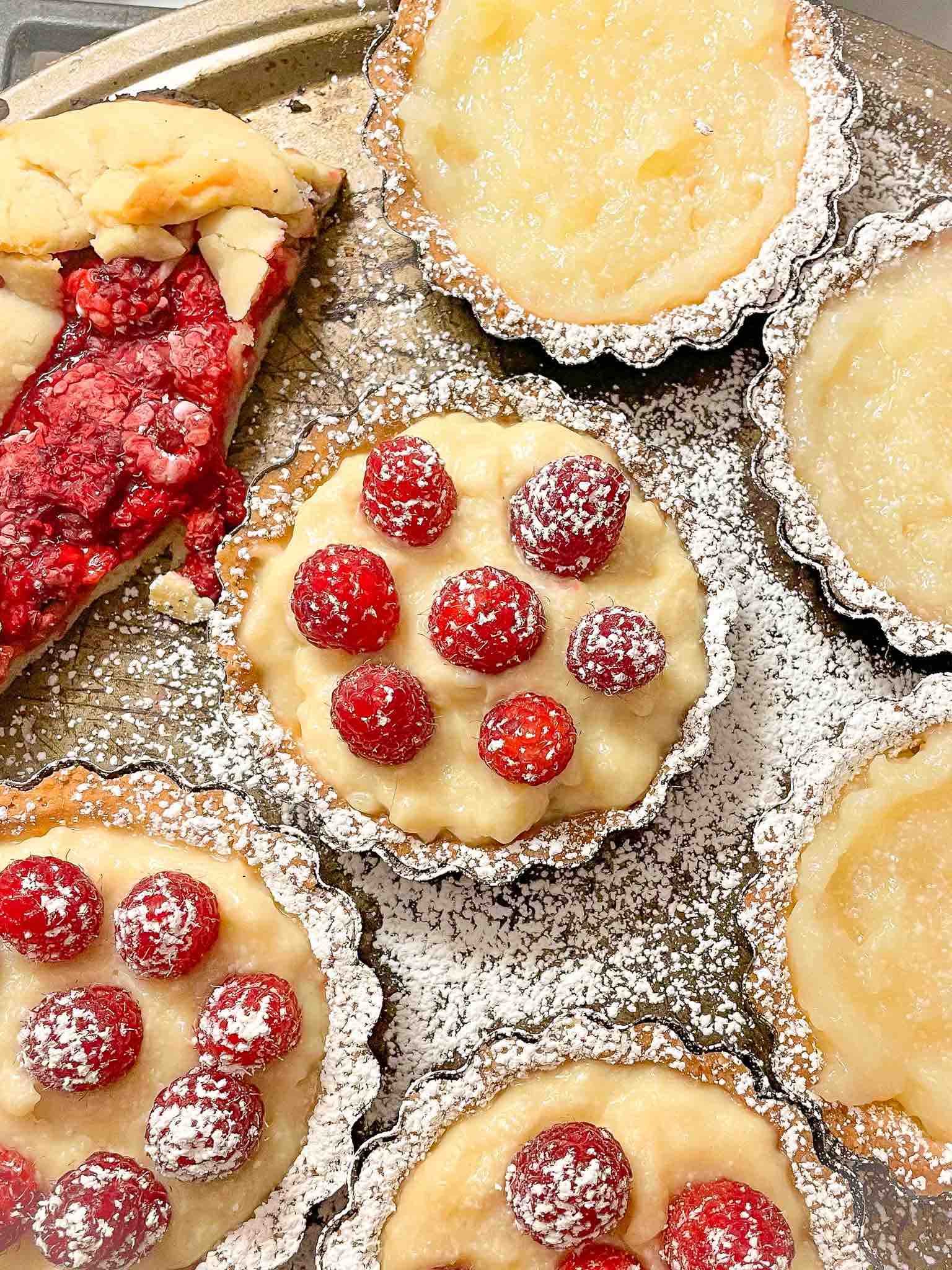
Reasons You’ll LOVE Growing Raspberries
Ah! So juicy, delicious, and nutritious!
-
- Irresistible Flavor – Raspberries offer a burst of delightful sweetness and tartness that is hard to resist, making them a rewarding treat to enjoy fresh or in various culinary creations.
- Easy to Grow – Raspberries are relatively low-maintenance and can be grown in various climates, making them a great option for both experienced gardeners and beginners.
- Abundant Harvest – With proper care, raspberry plants can produce a bountiful harvest, providing a plentiful supply of fresh berries throughout the growing season.
- Nutritional Benefits – Raspberries are packed with essential vitamins, antioxidants, and dietary fiber, contributing to a healthy and balanced diet.
- Versatility in Uses – From adding them to smoothies, desserts, and jams or simply eating them fresh, raspberries offer endless possibilities in the kitchen.
- Aesthetically Pleasing – The vibrant red color of ripe raspberries and their lush green foliage add a touch of beauty to any garden or landscape.
- Sustainable Gardening – Growing your own raspberries allows you to embrace sustainable practices, reducing food miles and promoting environmentally friendly gardening.
- Fun for the Whole Family – Raspberry cultivation can be fun and engaging for all ages, providing an excellent opportunity for family bonding and learning about nature.
- Pollinator Attraction – Raspberries attract bees and other beneficial pollinators to your garden, supporting overall biodiversity and ecosystem health.
- Sense of Accomplishment – Witnessing the growth and success of your raspberry plants, from canes to ripe berries, is a fulfilling experience that brings a sense of accomplishment and pride in your gardening efforts.
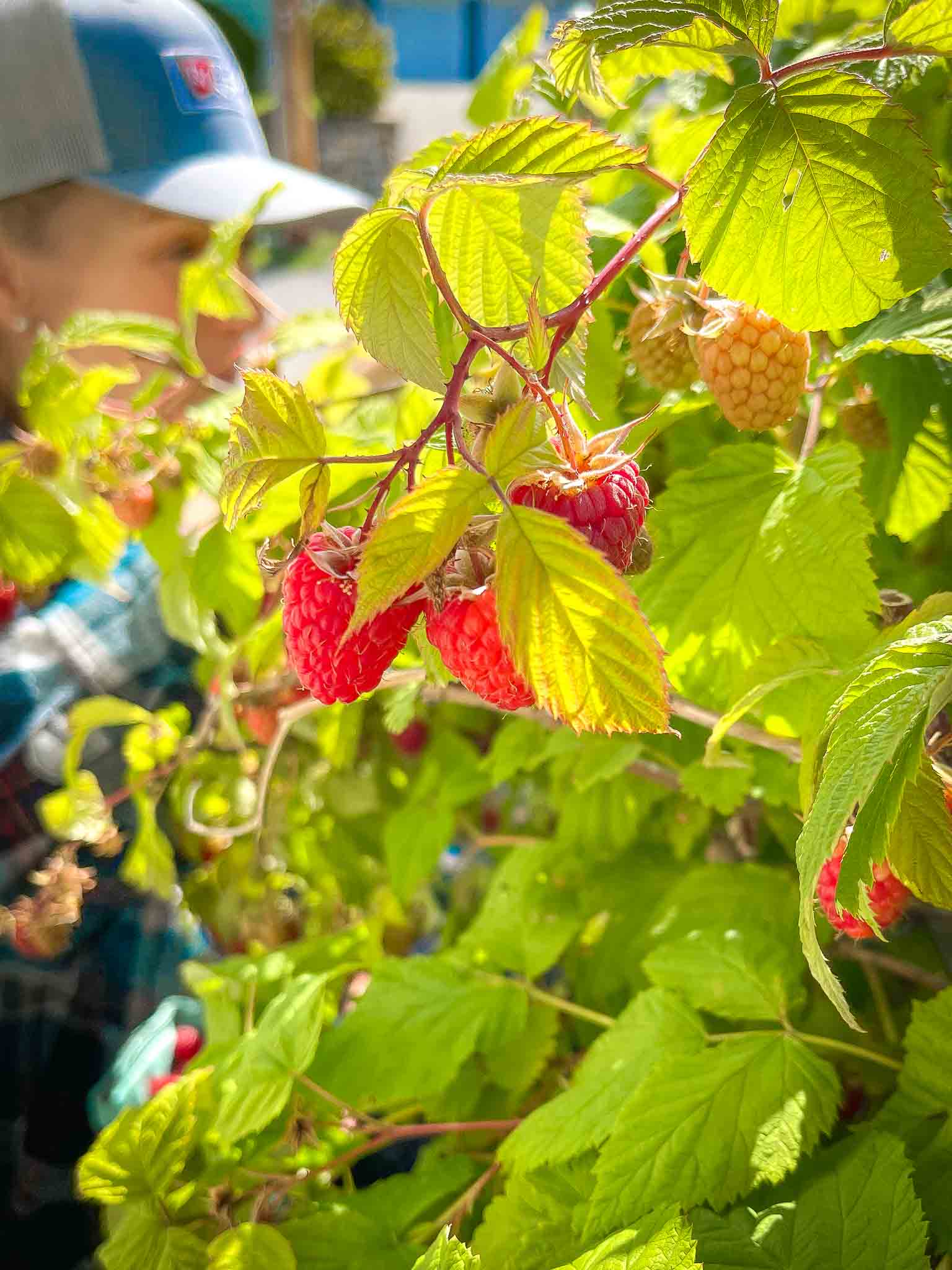
Things to Know About Growing Raspberries
Ah! So juicy, delicious, and nutritious!
-
- Picking – Raspberries are perfect for picking and eating straight off the stem and for use in jams, pies, tarts, smoothies, and drinks: This explains the versatility of raspberries as a fruit that can be enjoyed fresh from the plant or used in various culinary creations.
- Nutritious – Fresh raspberries are an excellent source of vitamin C, supporting the immune system and fighting infections: This highlights the nutritional benefits of raspberries, specifically their high vitamin C content, which aids in bolstering the immune system and helps protect against infections.
There are two types of raspberries with specific growing requirements:
-
-
- Summer-fruiting raspberries develop fruit on last year’s growth and bear one crop per season, usually in summertime (June or July): This explains the characteristics of summer-fruiting raspberries, which produce fruit on canes grown in the previous year and yield a single crop during a specific season.
- Everbearing raspberries (fall-bearing or autumn-bearing) produce berries on new canes. They bear a fall crop and can produce fruit the following summer: This describes everbearing raspberries, which produce fruit on new canes and offer both a fall harvest and the potential for additional fruiting in the subsequent summer.
- Growing a mix of both types allows for an extended harvest period – Cultivating both summer-fruiting and everbearing raspberry varieties in the garden can provide a more extended period of harvesting fresh berries.
- All raspberry varieties are self-fertile – Only one bush is needed to produce fruit: This point explains that raspberry plants have both male and female reproductive structures, enabling them to pollinate themselves and produce fruit without requiring multiple plants.
- Bees are the best pollinators for raspberry plants – They typically start producing fruit one year after planting: This emphasizes the importance of bees in pollinating raspberry flowers and enabling fruit formation. Additionally, it indicates that raspberry plants typically bear fruit a year after planting.
-
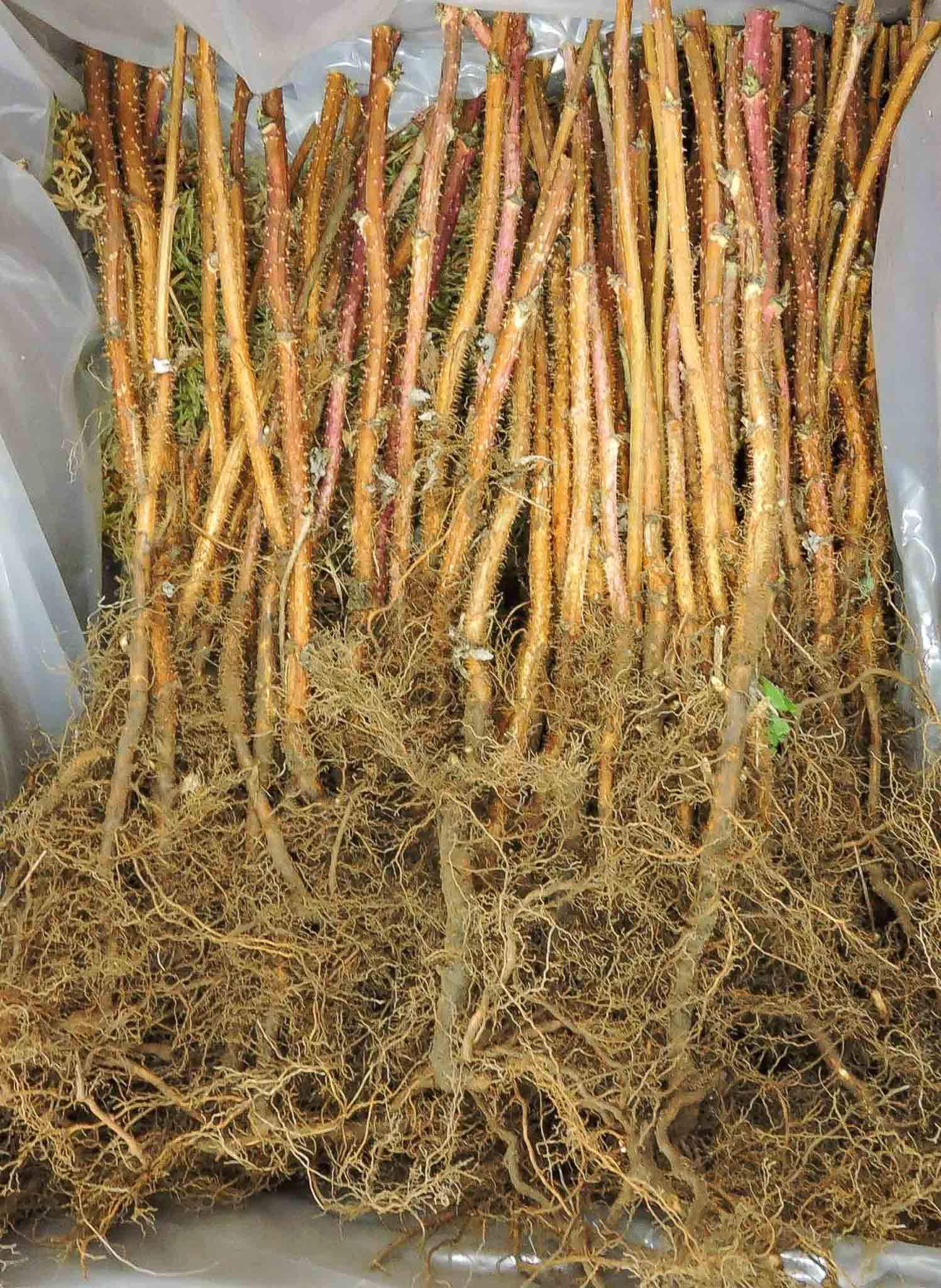
Start Raspberry Bushes with Raspberry Canes
Don’t be afraid! Just follow a few suggestions below!
Planting raspberry canes is slightly different from planting seeds. Raspberry canes are propagated from established plants, while raspberry seeds are not commonly used for growing new raspberry bushes. A raspberry cane is the stem or woody shoot of the raspberry plant. It is the main part of the plant that bears the leaves, flowers, and eventually the fruit. Raspberry canes are perennial, meaning they live for multiple years and produce fruit in their second year of growth. Raspberry canes can be obtained from various sources:
-
- Garden Centers and Nurseries: Most garden centers and nurseries sell raspberry canes as bare-root plants or potted containers during planting (usually in early spring and late fall).
- Online Retailers: Many online retailers specializing in plants and gardening supplies offer raspberry canes for purchase and delivery.
- Local Farmers or Raspberry Farms: Some local farmers or raspberry farms may sell raspberry canes directly to consumers during certain times of the year.
- Gardening Exchanges or Clubs: Participating in gardening exchanges or clubs may allow you to find fellow gardeners willing to share or trade raspberry canes.
There are two common methods of propagating raspberry canes from your own plants:
-
- Division: During the early spring or late fall, carefully dig up the suckers or lateral shoots that have emerged near the base of the parent plant. Gently separate them from the main plant, ensuring some roots are attached. Replant these separated canes in a new location or share them with other gardeners.
- Root Cuttings: In late winter or early spring, take cuttings from the root system of an established raspberry plant. Choose healthy, pencil-thick root sections and cut them into pieces about 6 inches long. Plant these root cuttings in a prepared area, and new canes will grow from the cuttings.
By propagating raspberry canes from your plants, you can expand your raspberry patch without purchasing new plants. This method allows you to maintain the characteristics of your existing raspberry bushes and continue enjoying the fruits of your labor for years to come.
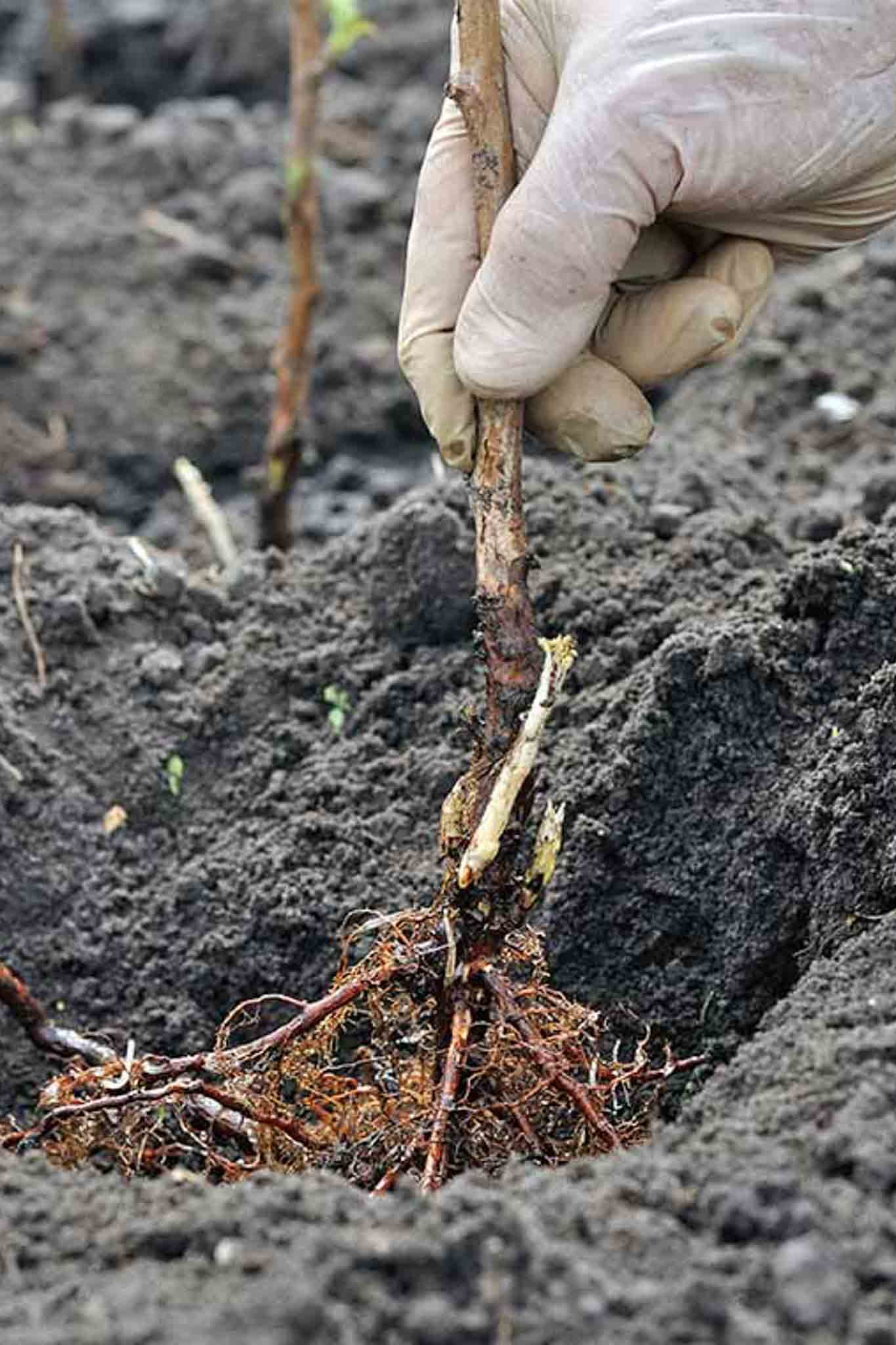
How to Grow Raspberries
Raspberries are actually easy to grow!
-
- Site Selection: Choose a sunny location with at least 6-8 hours of sunlight daily and well-draining soil.
- Soil Preparation: To improve its fertility and structure, prepare the soil by incorporating organic matter, such as compost. Raspberries prefer slightly acidic to neutral soil with a pH of 5.5 to 6.5.
- Planting Raspberry Canes: Plant raspberry canes in early spring or late fall. Space the canes about 2-3 feet apart in rows, with 6 feet between rows. Dig a hole deep enough to accommodate the roots and gently spread them out before covering them with soil.
- Mulching: Apply a layer of organic mulch, like straw or wood chips, around the base of the canes to retain moisture, suppress weeds, and regulate soil temperature.
- Watering: Keep the soil moist but not waterlogged, especially during dry spells or when the plants are flowering and fruiting.
- Fertilization: Apply a balanced fertilizer in early spring and again after the first harvest to provide essential nutrients for healthy growth.
- Pruning Raspberries: Prune the canes annually to remove dead, diseased, or weak wood. Summer-bearing varieties are pruned differently from everbearing ones, so follow the appropriate pruning guidelines.
- Trellising and Support: Install a trellis or support system for the canes to keep them upright and prevent them from sprawling.
- Pest and Disease Control: Regularly monitor the plants for signs of pests or diseases and take appropriate measures to control them, such as handpicking insects or applying organic treatments.
- Harvesting Raspberries: Raspberries are ready to harvest when fully ripe, plump, and detach easily from the plant with a gentle tug. Harvest frequently to enjoy the freshest berries.
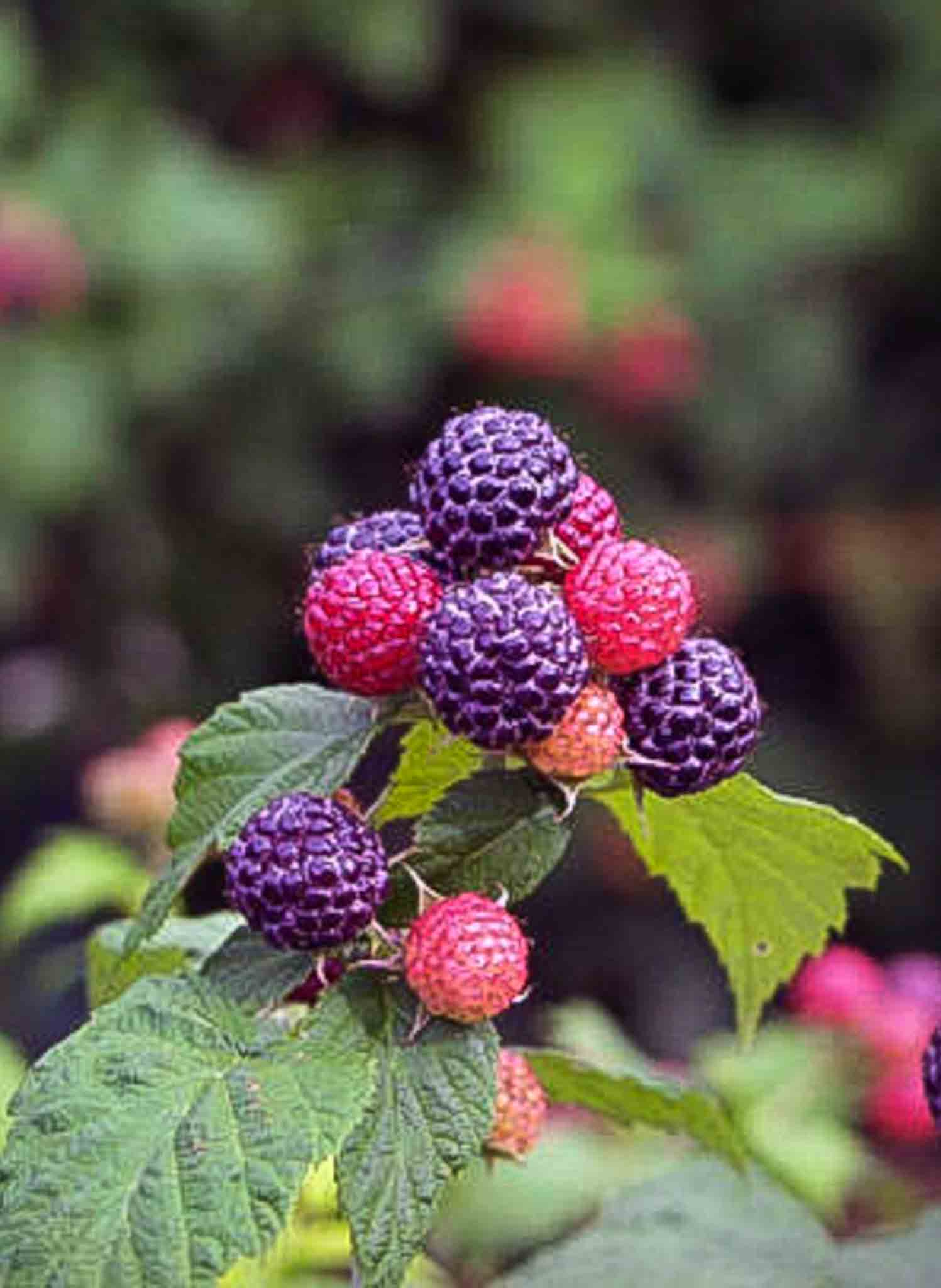
Raspberry Variations
Red raspberries are the most popular, but there are also other varieties!
-
- Red Raspberries: The most common and widely cultivated type, with bright red color and a balance of sweetness and tartness.
- Black Raspberries: Smaller and sweeter than red raspberries, with a distinctive black color when fully ripe.
- Purple Raspberries: A hybrid between red and black raspberries, showcasing a unique purple hue and a delightful combination of flavors.
- Yellow Raspberries: Less common but equally delicious, these raspberries feature a beautiful golden-yellow color and a milder, sweeter taste.
- Golden Raspberries: Similar to yellow raspberries, these have a golden color and are slightly sweeter than their red counterparts.
- Heritage Raspberries: Known for their rich, classic raspberry flavor, heritage varieties are older cultivars that have been passed down through generations.
- Everbearing Raspberries: These varieties produce fruit on new canes throughout the growing season, offering a continuous harvest from summer to fall.
- Summer-Bearing Raspberries: These raspberries bear fruit on canes that grew in the previous year and typically produce a single crop during the summer.
- Dual-Cropping Raspberries: A combination of everbearing and summer-bearing characteristics, these varieties offer two separate harvests per year.
- Thornless Raspberries: These raspberries have fewer or no thorns, making them easier to harvest and manage.
- Each raspberry variation has its unique flavor, appearance, and growing characteristics, allowing gardeners to choose the types that best suit their preferences and growing conditions.

Raspberry Bush Pests and Bugs
Raspberry bushes can be susceptible to certain pests and bugs.
-
- Raspberry Aphids (Amphorophora agathonica): These small, soft-bodied insects feed on raspberry plant sap, causing leaves to curl and distort. They can also transmit plant viruses.
- Raspberry Fruitworm (Byturus unicolor): The larvae of these beetles feed on ripe and developing raspberry fruit, leading to damaged berries.
- Spotted Wing Drosophila (Drosophila suzukii): These invasive fruit flies lay eggs in ripening raspberries, and their larvae feed on the fruit, causing significant damage.
- Japanese Beetles (Popillia japonica): The adults of these beetles feed on raspberry leaves, while their larvae (grubs) can damage plant roots.
- Raspberry Crown Borers (Pennisetia marginata): The larvae of these clearwing moths bore into the canes, weakening and eventually killing the raspberry plants.
- Raspberry Sawfly (Monophadnoides rubi): The larvae of these sawflies feed on raspberry leaves, resulting in skeletonized foliage.
- Spider Mites (Tetranychus spp.): These tiny arachnids feed on the undersides of raspberry leaves, causing stippling and discoloration.
- Raspberry Cane Borers (Oberea bimaculata): The larvae of these longhorn beetles bore into the canes, causing cane wilting and dieback.
To manage raspberry pests, it’s essential to monitor your plants regularly for signs of infestation. Early detection can help prevent pest populations from getting out of control. Integrated Pest Management (IPM) practices, such as using physical barriers, natural predators, and organic insecticides, can be employed to control pests while minimizing environmental impact. Additionally, maintaining good garden hygiene and providing optimal growing conditions can help enhance the plants’ resistance to pests and bugs. If the infestation becomes severe, seeking advice from a local agricultural extension office or a certified garden expert can be beneficial in implementing appropriate control measures.
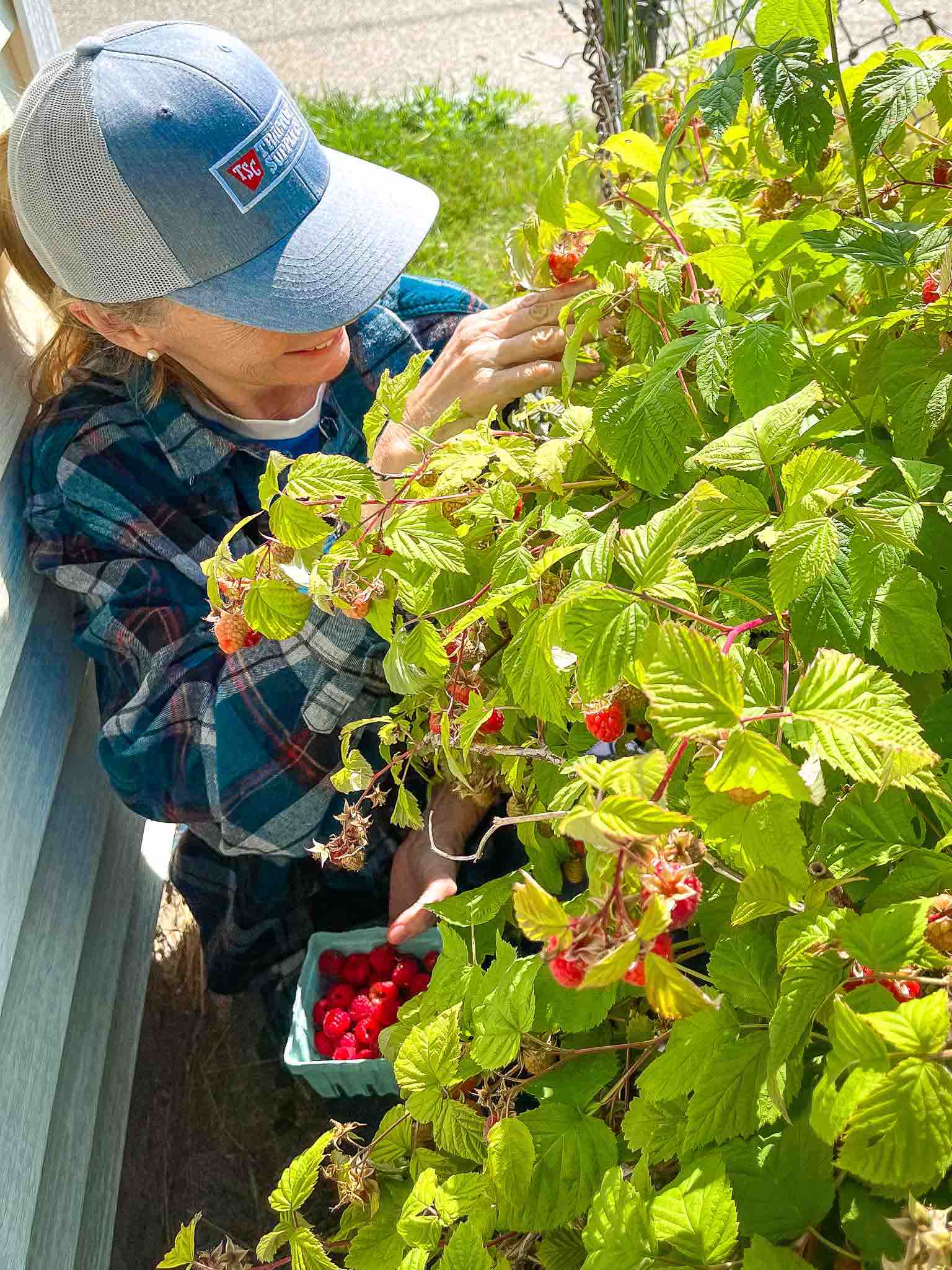
How to Harvest and Prepare Raspberries
This is the fun part!
-
-
Harvesting – Pick ripe raspberries directly from the plant, gently pulling them off the stem. Ripe raspberries are plump, vibrant in color, and easily detach from the plant.
-
Cleaning: Rinse the harvested raspberries under cool, running water to remove any dirt, debris, or potential pests. Be gentle while handling the berries to avoid bruising.
-
Drying – After rinsing, gently pat the raspberries dry with a paper towel or use a clean kitchen towel to absorb excess moisture.
-
Storage – If you don’t plan to use the raspberries immediately, store them in the refrigerator. Place the dry raspberries in a single layer on a paper towel-lined plate or in a shallow container, then cover with plastic wrap or a lid. Stored properly, raspberries can stay fresh for a few days.
-
Serving – Raspberries can be enjoyed on their own as a healthy snack, or you can incorporate them into various recipes. They are excellent additions to fruit salads, yogurt, cereals, and smoothies. Raspberries are also popular in desserts like pies, tarts, cakes, and jams.
-
Freezing –If you have an abundant raspberry harvest and can’t use them all immediately, freezing is a great option. Spread the clean, dry raspberries in a single layer on a baking sheet and freeze them until firm. Then transfer the frozen berries to a freezer-safe container or bag. Frozen raspberries can be used in smoothies, sauces, and baking throughout the year.
-
Remember to handle raspberries gently to avoid bruising and preserve their delicate texture. Enjoy the sweet and tart goodness of raspberries in various ways to savor their delightful flavor and nutritional benefits.
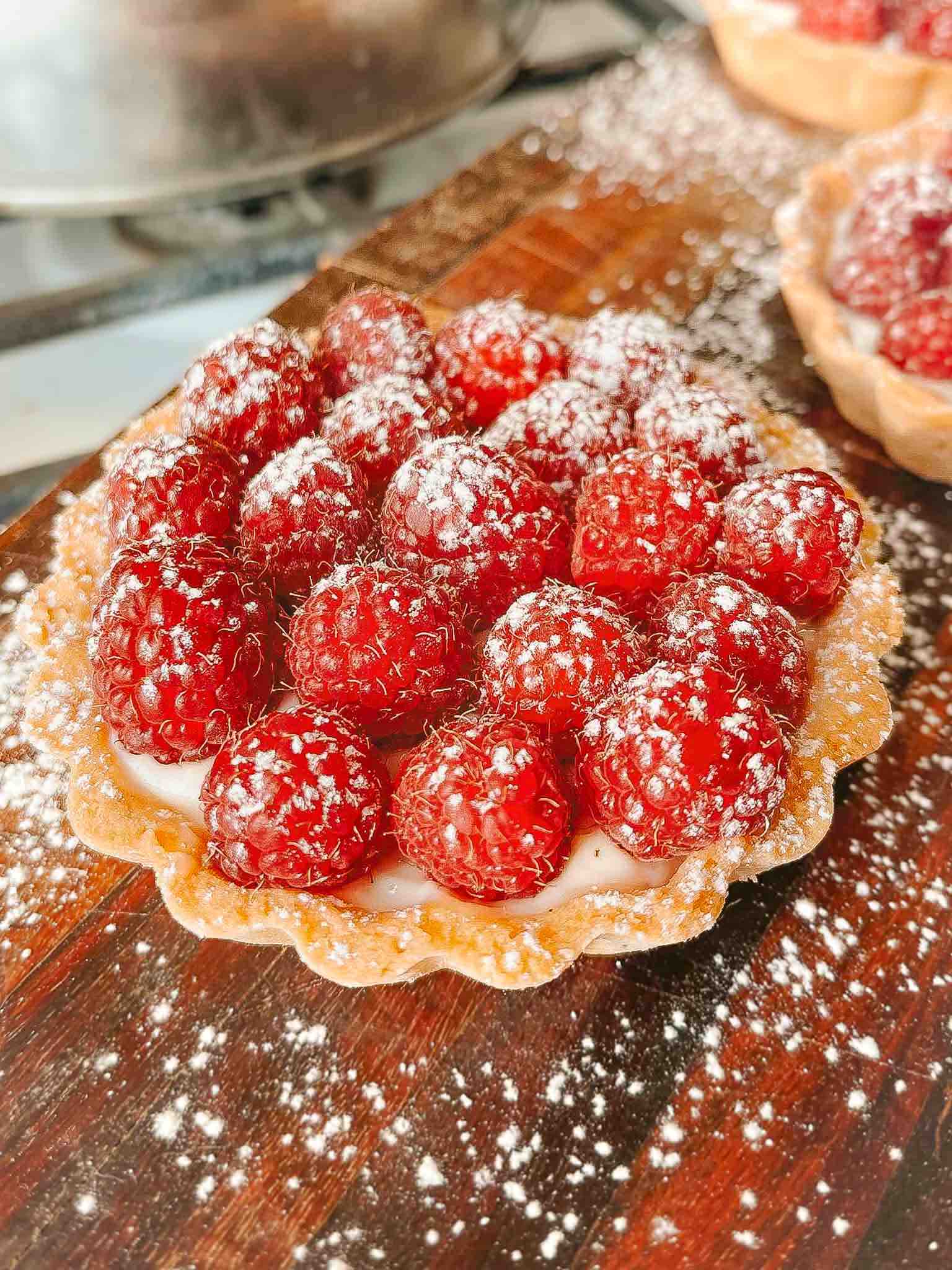
Use Your Fresh Raspberries In Our Dairy-Free Desserts
Can you say yum!
-
- Dairy-Free Peppermint Chocolate Mousse – Peppermint mousse parfaits are a delightful and indulgent dessert, combining the rich and creamy texture of chocolate mousse with the refreshing burst of peppermint, creating a truly wonderful and irresistible treat.
- Ultimate Dairy-Free Cannolis – Vegan cannolis are a delightfully exquisite dessert, boasting a harmonious blend of crispy, flaky shells and lusciously creamy fillings that captivate the senses and offer a truly blissful indulgence.
- Rustic Hand-Cut Sugar Cookies – These themed vegan sugar cookies are versatile and easy to make. They will please even the harshest baked goods critics!
- Dairy-Free Greek Yogurt Dessert– This Vegan Greek Yogurt Dessert is fresh, healthy, and not too sweet. It’s a visually interesting and beautiful dessert and is one of my personal favorites!
If you decide to try any of these recipes, please let us know by leaving a comment below
Learn How to Grow More Fruits & Vegetables in Your Home Garden
Simple, easy-to-follow guides for beginner gardeners.
-
- How to Grow Colorful Watermelon Radish – Watermelon radish is an heirloom variety of the Chinese daikon radish. It gets its name from the bright pink and green coloring.
- How To Grow Sweet, Burtsy Tomatoes – Growing tomatoes is like having your own little edible treasure hunt in the garden.
- How to a Huge Crop of Cucumbers on a DIY Trellis – Grow the most bountiful crop of cukes!
- How to Grow Early Spring Peas – When I think of Spring, my mind drifts to snap peas growing in the garden.
- How to Grow Bountiful String Beans – Grow long, plump, snappy sting beans every time!
- How to Grow Swiss Chard – Sturdier than spinach and more delicate than kale, Swiss chard is a nutritional powerhouse and colorful and beautiful!
- How to Grow Collard Greens – The large green leaves of the collard green stand out in the garden. Earthy and slightly bitter in taste, they are a personal favorite!
Click here for many more beginning how-to posts, including lettuce, corn, squash, and more!

Raspberry Tart with Dairy-Free Crème Pâtissière (pastry cream)
Equipment
- 9" tart pan or individual tart pans
Ingredients
- 2 cups fresh raspberries (rinsed and dried)
- 1 1/2 cups flour (we use almond flour)
- 1/4 cup coconut oil, melted (or dairy-free butter)
- 2 tbsp maple syrup or agave syrup
- 1 pinch sea salt
- 3 cups dairy-free crème pâtissière
- 1 bunch fresh mint
- 1/2 cup powdered sugar
Instructions
- Preheat the oven to 350°F (175°C).In a mixing bowl, combine the almond flour, melted coconut oil (or dairy-free butter), maple syrup (or agave syrup), and a pinch of salt to make the tart crust. Mix until the ingredients are well combined and form a crumbly texture.
- Press the tart crust mixture into a 9-inch tart pan, ensuring an even layer on the bottom and up the sides. Use a fork to prick the bottom of the crust to prevent it from puffing up during baking.
- Bake the tart crust in the preheated oven for 12-15 minutes, or until it turns golden brown. Remove from the oven and let it cool completely.
- While the tart crust is cooling, prepare the dairy-free creme patisserie. In a saucepan, combine the dairy-free milk, granulated sugar, and cornstarch. Heat the mixture over medium heat, stirring continuously until it thickens to a custard-like consistency.
- In a separate bowl, prepare the plant-based egg substitute by mixing ground flaxseeds or chia seeds with water. Let it sit for about 5 minutes until it forms a gel-like consistency.
- Remove the creme patisserie from the heat and stir in the vanilla extract and the prepared plant-based egg substitute. Mix until the custard is smooth and well combined.
- Pour the dairy-free creme patisserie into the cooled tart crust, spreading it out evenly.
- Arrange the fresh raspberries on top of the creme patisserie in a decorative pattern.
- If desired, garnish the tart with fresh mint leaves and a dusting of powdered sugar for an elegant presentation.
- Refrigerate the Raspberry Tart with Dairy-Free Creme Patisserie for at least 1-2 hours before serving to allow the flavors to meld together and the creme patisserie to set.
- Slice and serve this delightful Raspberry Tart with Dairy-Free Creme Patisserie, and savor the luscious combination of creamy custard and vibrant raspberries in every blissful bite!

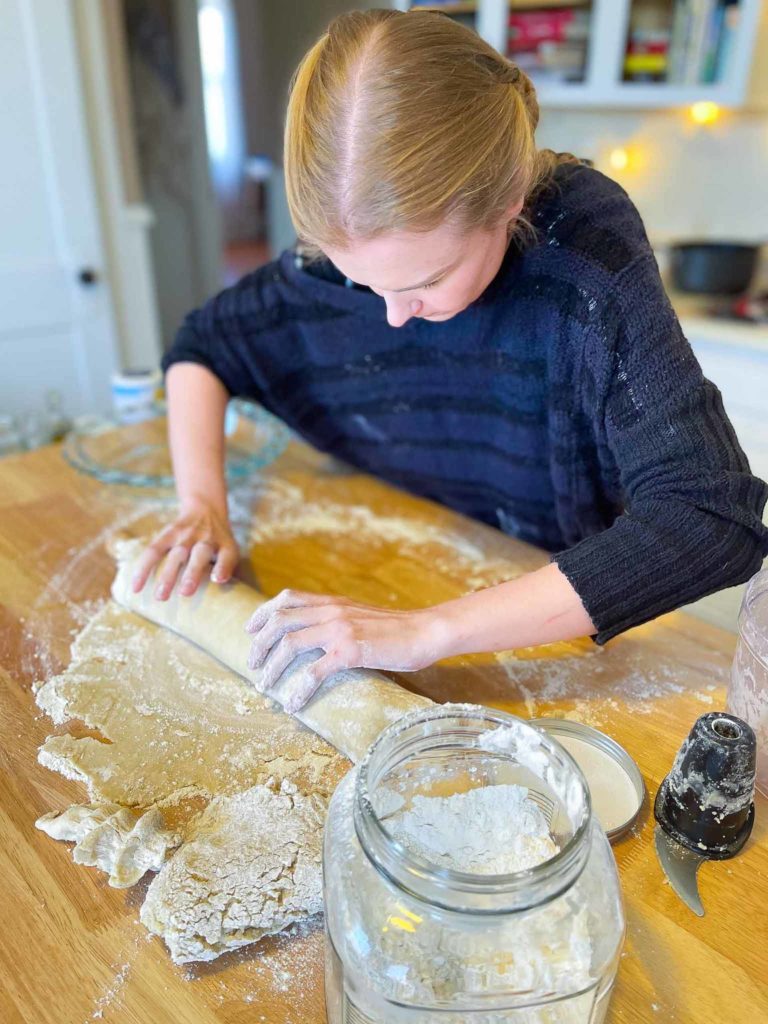
0 Comments